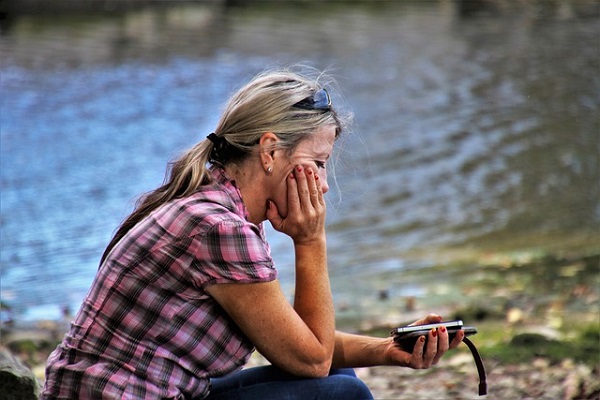Words: Dr Joseph KELLERSTEIN
Olga presented with a chief complaint of mild, but persistent, depression of five years’ duration. Sulphur 10M was given and she reports feeling much relief in that department within 2-3 days, but this week there was a return of her old back pain, but with tremendous severity. The pain was so distressing that it brought on tears and made it quite impossible for her to be away from bed for long; so our conversation was on the phone.
“Tell me all about this problem.”
“The pain is on the right side of my lower back. I also feel it on the outside of the right thigh and in my right big toe. I can’t make a move to get out of a chair without it really hurting.”
Here, we have a fairly spontaneous assertion. This is the aggravation uppermost in the patient’s mind from her experience; so, this is where I begin. However, I won’t accept anything without challenge, but not now. Later, after the spontaneous narrative is exhausted, I will use the rubrics [symptoms] back pain, worse rising from a chair. It is same for lumbar pain and sciatica.
“What more can you say about the back pain?”
“Mornings are just awful. I dread getting out of bed.”
There is a pause. I feel I need clarification. “So, that first move to get out of bed is a real problem?”
“No, that is not so bad. It’s after I’m up and about. Around the time I brush, I can really feel it. I wonder how to make it through the rest of the day.”
So, the symptom, after we dust it off a bit, is really aggravation after rising in the morning.
The flow of information seems to be dry.
“Take me on a tour of the rest of the day and night with this suffering.”
“Well, after brushing I help it a bit by bending backwards; stretching backwards.”
“That makes a big difference?”
“No, it helps a bit, mostly I just feel like it will help so I do it and it gives me a bit more mobility.”
I will avoid emphasising bending backwards relieves. There is a rubric, I think in the generals, about ‘desire to stretch.’ I will double back on this idea later and see if I can verify, or deny, in other ways.
Wait a minute, I have an idea.
“How is sleep with this problem?”
“It’s fine. There is no disturbance with this.”
“So, all positions are equally good?”
“No, I like being on my belly. It gives me comfort and it feels great on my back.”
Lying on the abdomen [amelioration] is kind of unusual for sciatica. The natural desire to be in this position for comfort adds emphasis to it and possibly adds emphasis to the modality of bending backwards ‘ameliorates.’ I will add both to my homeopathic repertorisation, or in-depth, symptom-remedy study.
Now, the river of narrative and generals and even probative questioning has been exhausted. No more information regarding this syndrome. How can I get more characterising information? Maybe, if I check for any changes in the general symptoms?
First, the thermal profile.
“So, you’re still [very] warm, especially in bed at night?”
“Yes.”
“All parts of you are equally warm?”
“Yes. I am [very] warm… except, of course, for my legs.”
“Tell me about this. You have different thermostats going on?”
“My legs are cool. The rest is hot.”
“Your feet are normal temperature, not hot, or cold?”
“That’s right.”
“So, you don’t wear socks at night in bed?”
“Well, actually I wear socks always. If not, my feet feel icy-cold. I could not sleep without socks.”
I am beginning to feel like ‘this is it’ here. We now have the symptom — icy-coldness of the feet.
“I don’t know if this is important [which often signals a key point, but my legs… they feel as if somehow twisted. Not on straight” [Wow, another nugget].
So far the situation looks a bit like the graph above when translated into our technology for purposes of comparison with the homeopathic Materia Medica. What are the most peculiar? I tend to think the bending backwards and the twisted sensation. The remedies which have these traits are Dioscorea villosa, Sepia officinalis, and Zincum metallicum — and, if we do an extended search, Hypericum perforatum as well.
It’s at this point that I might tell the reader what I did and finish the story, but in this case the story is not finished. I only prescribed this past week. The story itself, however, was so exemplary of the process of everyday practice, and the detective work necessary, that I wanted to have you join me in the chase.You know, of course, that the disease, or illness, may not yet have expressed in its fullness, or the patient [or, doctor] may have omitted much-needed, or latent, information. Each visit until definite curative action has aroused is a fresh search. Before long, the remedy worked well. The big question is — what was the homeopathic remedy that you’d have chosen, or you think I’d have prescribed?
This is for homeopathic doctors and lovers of homeopathy to ‘go figure’ and let us know via e-mail @ ThinkWellness360 e-magazine.

